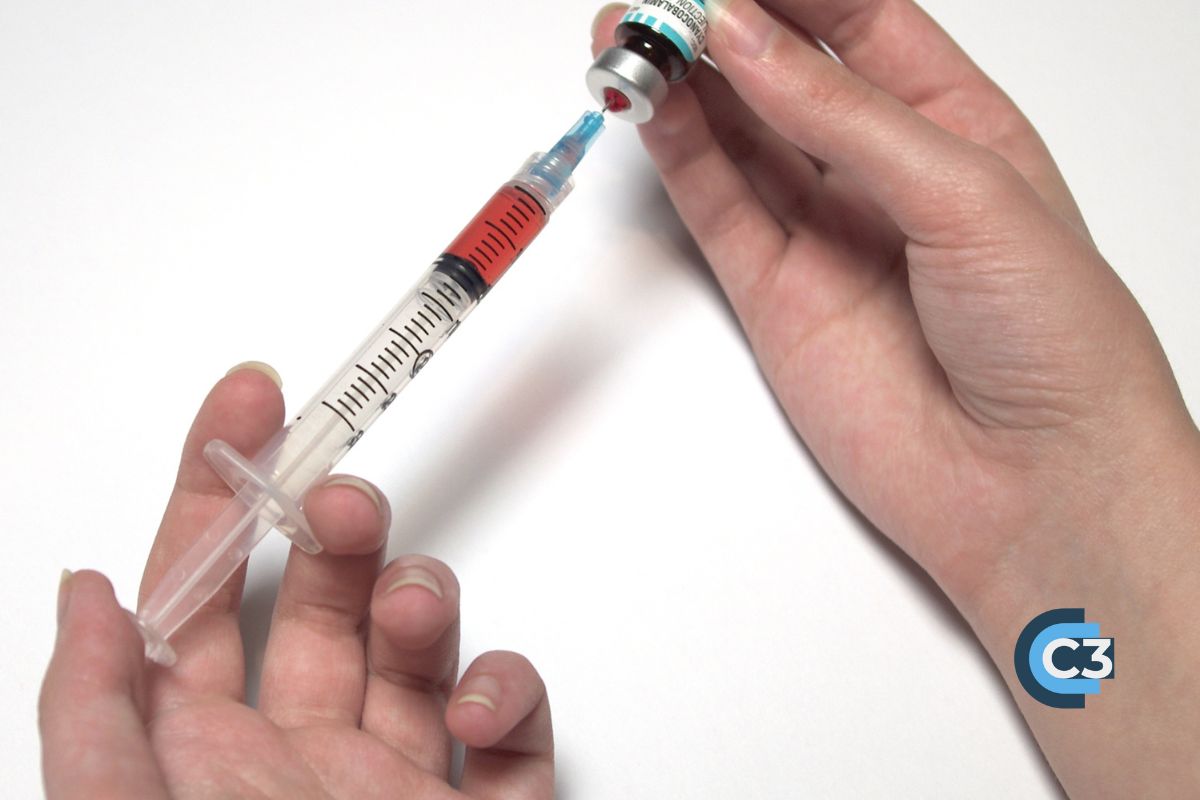Challenges to Established Practices
Unproven medical claims, let’s talk about it. In general, workers’ compensation systems will not cover experimental medical procedures or treatments. This is because these procedures have not yet been proven to be safe or effective and therefore may not be considered “reasonable and necessary” medical treatment for a work-related injury or illness. However, with the unfettered access to medical literature, and the use of artificial intelligence platforms, injured employees have decided that this experimental or unproven protocol is what is needed to correct their individual problem.
Off-Label Medication Use: A Double-Edged Sword
In other instances, the “off-label” utilization of medications or other interventions may be tried to address a particularly recalcitrant clinical situation. As an example, the medication gabapentin was initially developed to address seizure disorders. It was found to be somewhat efficacious in the treatment of a post-herpetic neuralgia. The use of this medication is now routinely employed for pain complaints. The difficulty with this is that the efficacy of this medication is limited to neuropathic pain and not nociceptive pain. And not all providers understand the difference.
Moreover, if this medication is employed in the proper clinical situation and does not reduce the identified pain complaints, then the efficacy of this protocol has not been established. And consequently, this medication should be discontinued. This is not always the case.
The Allure of Quick Fixes: Medications for Obesity
Another issue is the rising use of medications to address diabetes, in an effort to overcome obesity. The cottage industry developing relative to the use of these medications does not always follow good clinical medicine. Unfortunately, in our society, all too often individuals want a quick solution to the problem. Particularly when the answer requires significant individual effort.
Prior to using these medications on an off-label basis, there needs to be a demonstration of changes in dietary habits and physical exercise. It is astonishing that if someone simply decreased their caloric intake, and significantly increased their physical activity, weight reduction ensues.
Evidence-Based Guidelines: Protecting Patients and Payers
Workers’ compensation insurers and employers typically follow evidence-based guidelines and nationally published medical standards to decide which treatments and procedures are covered under their policies. These guidelines and standards are based on scientific research and clinical trials and are regularly reviewed and updated to reflect the latest medical knowledge and best practices.
The Importance of Documentation and Expert Opinions
If a new medical procedure or treatment is proposed as part of a workers’ compensation claim, the insurer or employer should require added documentation or evidence to support the request. This could include medical research studies, case reports, and expert opinions from medical professionals.
Ultimately, the insurer or employer will need to determine whether the proposed treatment is reasonable and necessary, based on the available evidence and the specific circumstances of the case.
Conclusion: Balancing Innovation and Established Standards
In conclusion, the statute has set limits with respect to the treatment to be rendered. As medicine and healthcare intervention is always changing, there is always a process to incorporate these changes in healthcare. To be clear, this does not mean all available interventions are to be employed, only those that have reached a certain measure of utility in addressing that specific problem.

